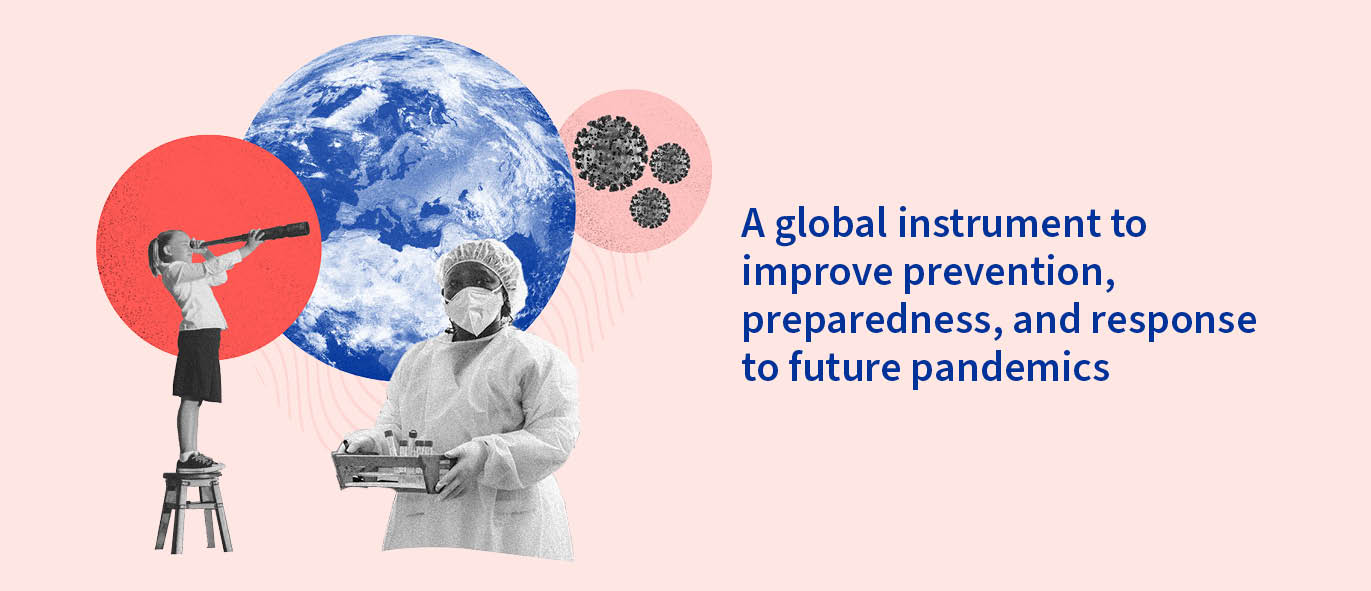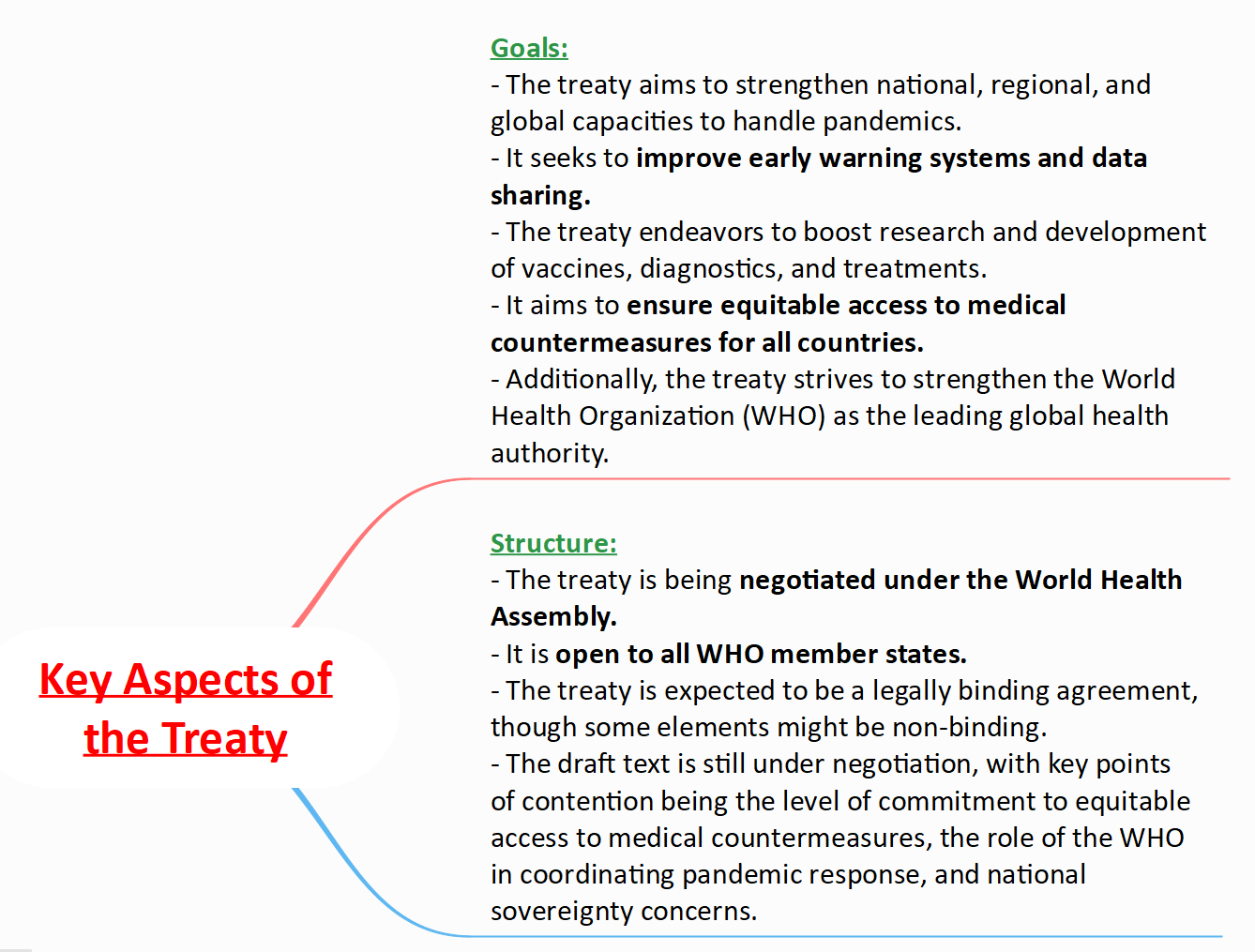Description

Copyright infringement not intended
Picture Courtesy: www.consilium.europa.eu
Context: The World Health Organization (WHO) is urging its member nations to sign a pandemic treaty to strengthen global preparedness for future health crises, even as the world grapples with the ongoing COVID-19 pandemic and prepares for the potential emergence of "Disease X."
|
Disease X
- "Disease X" is not a specific disease but rather a term used to represent a hypothetical, unknown, or unexpected infectious disease that could potentially cause a future epidemic or pandemic.
- The concept of Disease X was introduced by the World Health Organization (WHO) as part of its Research and Development Blueprint, a global strategy for addressing public health emergencies, including emerging infectious diseases.
|
Pandemic Treaty
- The Pandemic Treaty, officially referred to as the Pandemic Prevention, Preparedness and Response Accord, is currently under negotiation as an international agreement aiming to strengthen the global response to future pandemics.
- Borne from the lessons learned from the COVID-19 crisis, the treaty seeks to enhance cooperation and preparedness to prevent outbreaks from escalating into devastating pandemics.

Potential Benefits of the Treaty
- The treaty could lead to increased early detection and response to outbreaks.
- It may result in faster development and wider distribution of vaccines and other medical countermeasures.
- The treaty could ensure more equitable access to healthcare during pandemics.
- It might contribute to the establishment of stronger global health systems more prepared for future threats.
Challenges and Concerns
- Reaching consensus on key issues, particularly equitable access and the WHO's role, remains a challenge.
- Ensuring that national governments fulfil their commitments under the treaty is a concern.
- The treaty could potentially impact national sovereignty and intellectual property rights.
- Securing adequate funding for implementation is also a significant challenge.
|
The Pandemic Treaty is not meant to replace or undermine existing international instruments, such as the International Health Regulations (IHR), but rather to complement and reinforce them. The treaty would also respect the sovereignty and diversity of each country while encouraging mutual learning and best practices.
|

Conclusion
- The process of developing and adopting the Pandemic Treaty will require extensive consultations and negotiations among all interested parties. The WHO has initiated a working group of member states to draft the treaty text, which is expected to be finalized by the end of 2024. The treaty will then need to be ratified by a sufficient number of countries to enter into force.
|
PRACTICE QUESTION
Q. To what extent can the "One Health" approach, advocating for integrated human, animal, and environmental health, be reconciled with the realities of global economic and social inequalities that contribute to zoonotic disease emergence and pandemic vulnerability? How can international collaboration address these underlying systemic issues to achieve truly equitable pandemic preparedness and response?
|

















